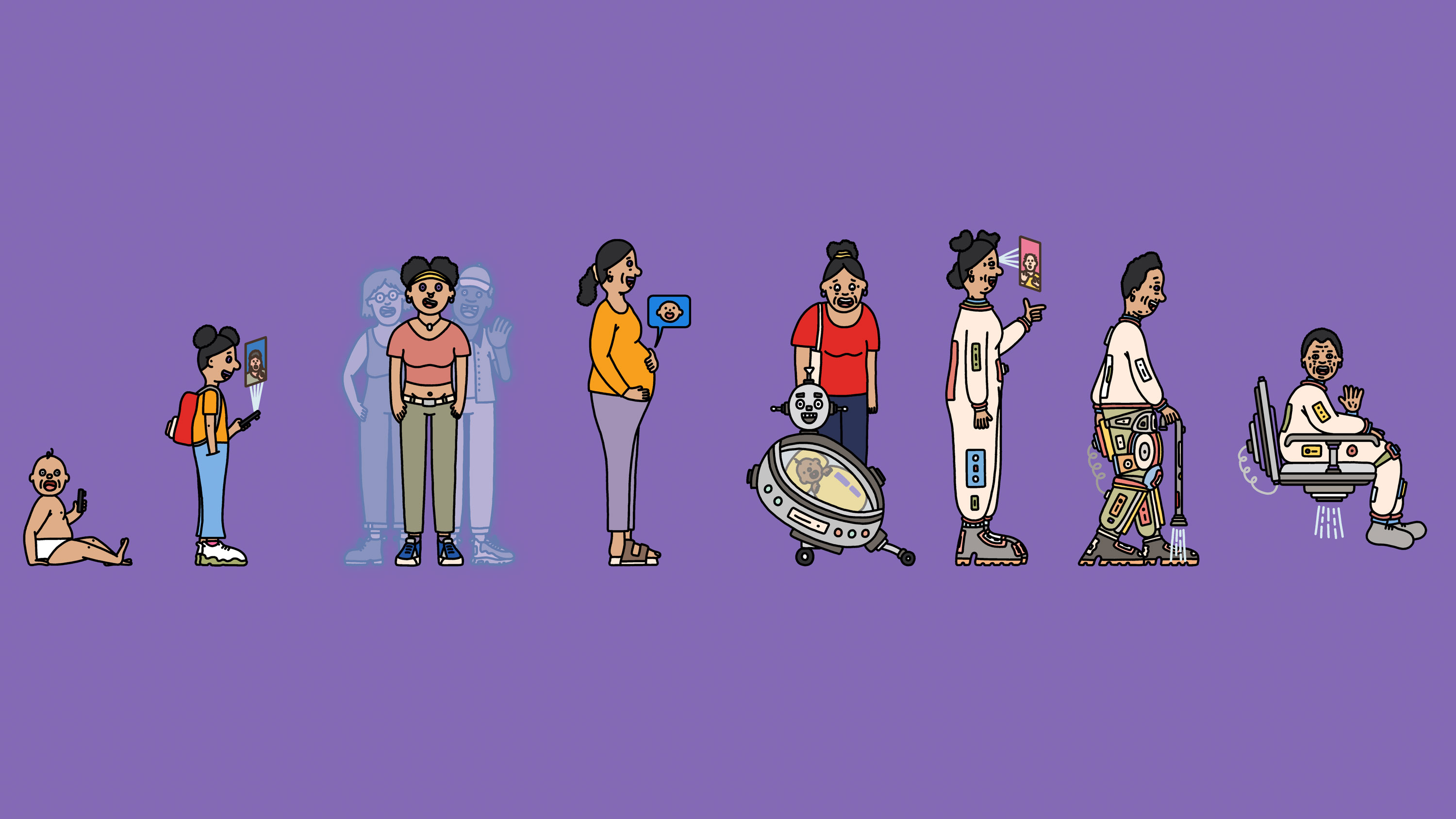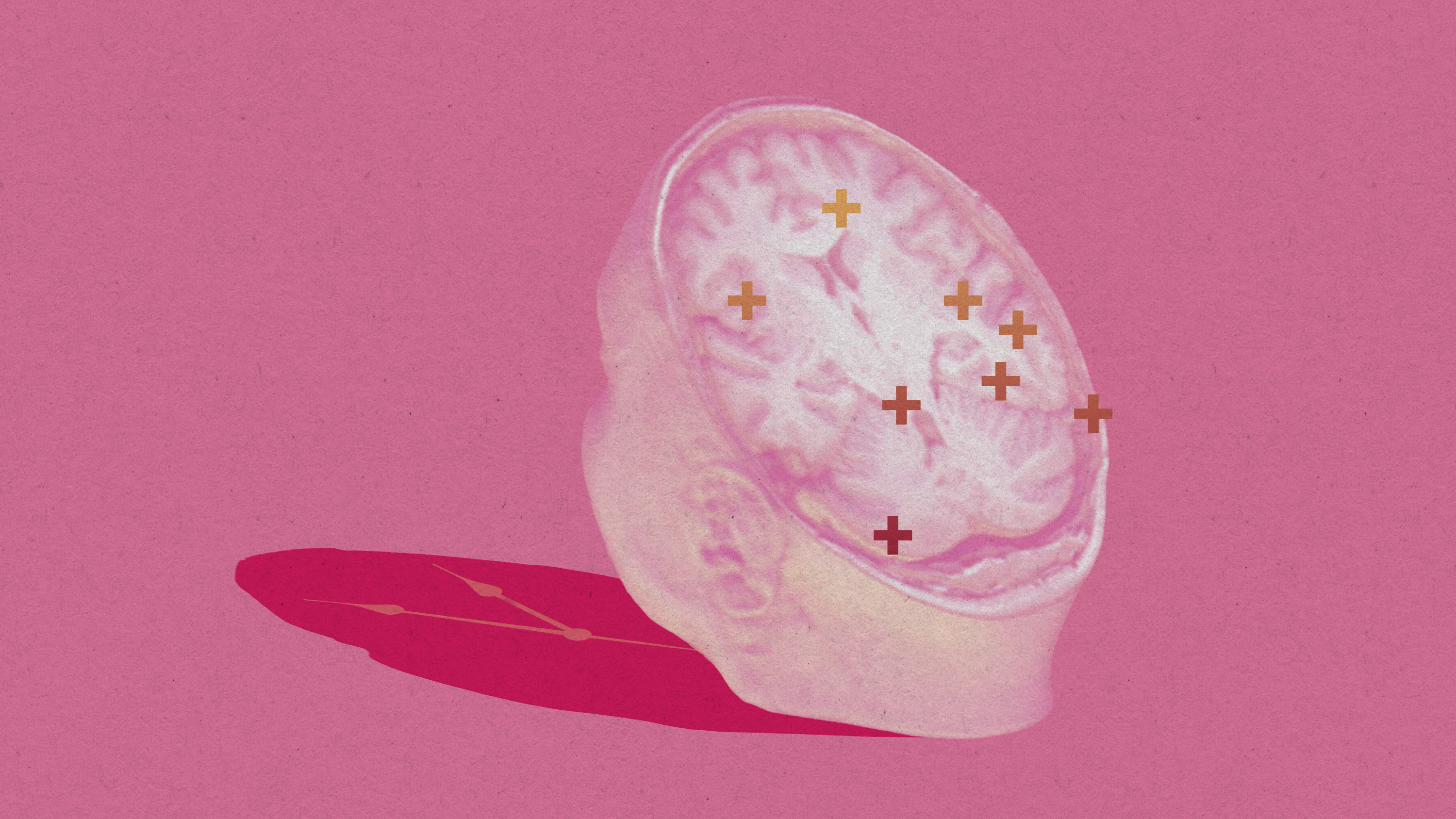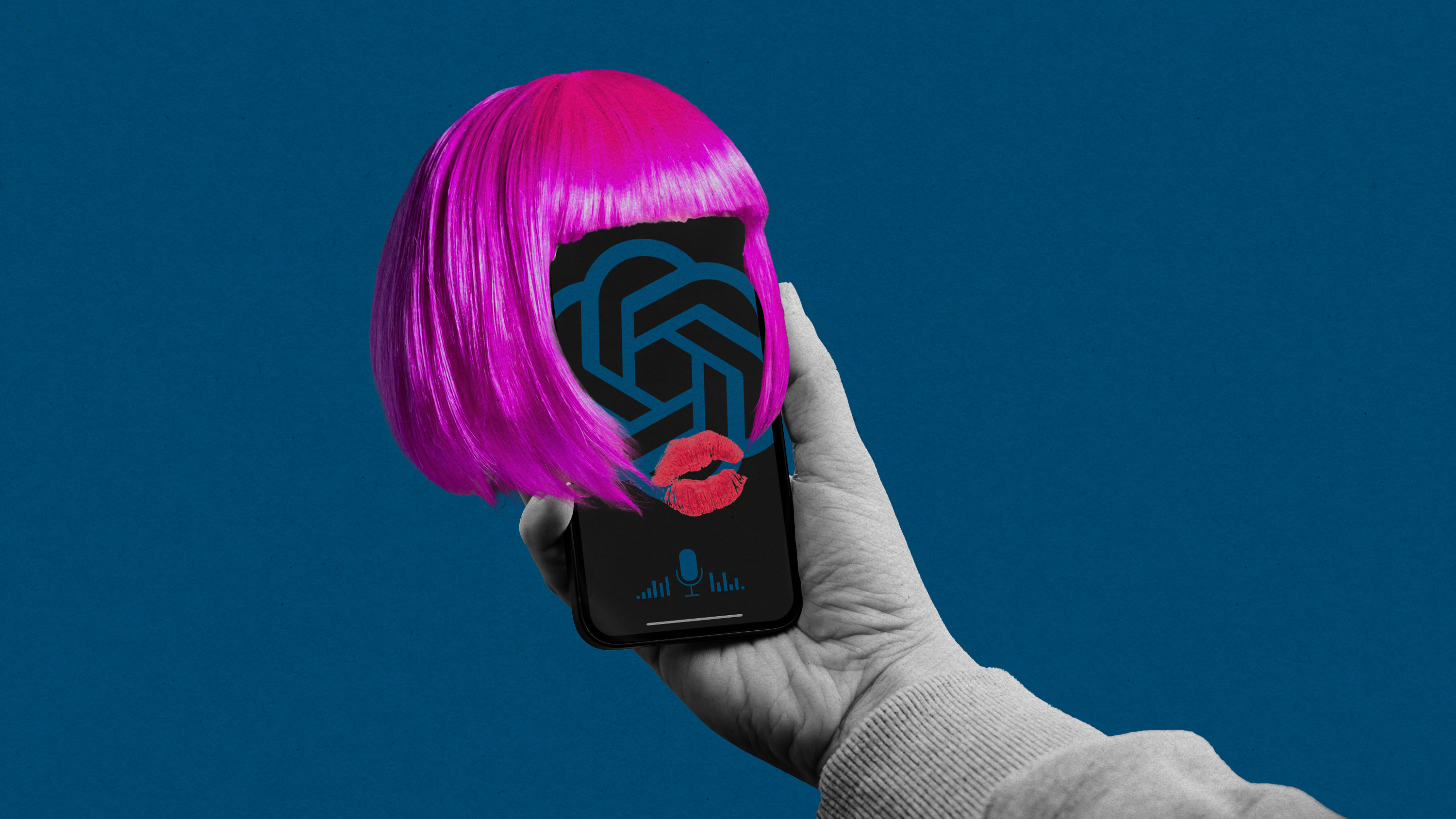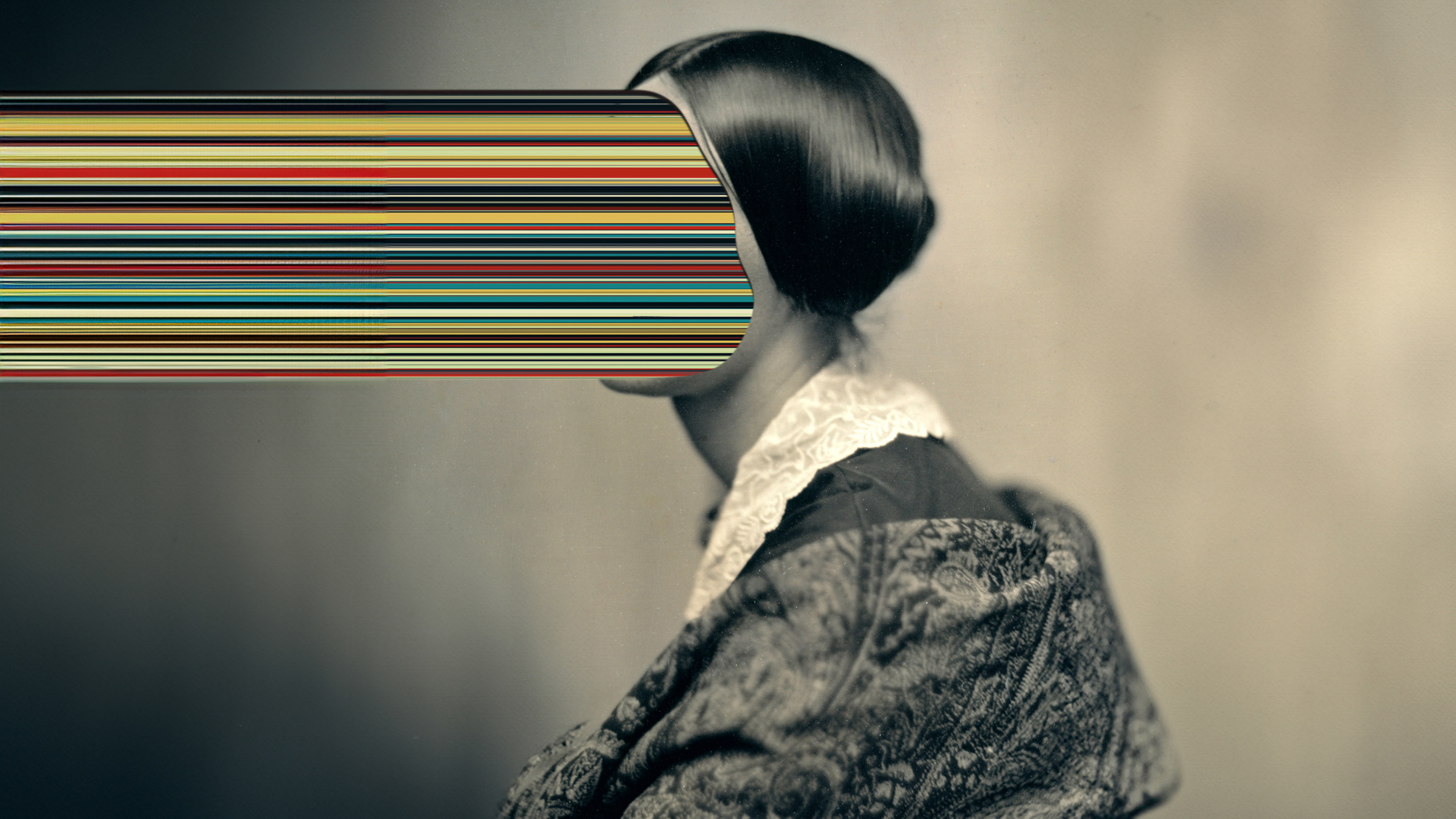Cleaner water, with an assist from beer
Hydrogel capsules full of repurposed brewing yeast offer a quick, inexpensive way to absorb and remove lead.

Every year, beer breweries discard thousands of tons of surplus yeast. Researchers from MIT and Georgia Tech came up with a use for it: clearing lead from contaminated water.
Through a process called biosorption, yeast can quickly absorb even trace amounts of heavy metals. The researchers had previously calculated that yeast discarded from a single brewery in Boston would be enough to treat the city’s entire water supply.
Now they’ve shown they can package that yeast inside hydrogel capsules that can be easily removed from the water. The capsules are “porous enough to let water come in, interact with yeast as if they were freely moving in water, and then come out clean,” says former postdoc at MIT’s Center for Bits and Atoms Patricia Stathatou, an incoming assistant professor at Georgia Tech and lead author, with Devashish Gokhale, SM ’22, PhD ’24 (now a University of Illinois postdoc), of a paper on the work. “The fact that the yeast themselves are bio-based, benign, and biodegradable is a significant advantage over traditional technologies.”
According to the researchers, this process could be used to filter drinking water in homes or scaled up for treatment plants. Eventually, Stathatou says, it could be adapted for “other trace contaminants of emerging concern, such as PFAS or even microplastics.”
Keep Reading
Most Popular

Happy birthday, baby! What the future holds for those born today
An intelligent digital agent could be a companion for life—and other predictions for the next 125 years.

This researcher wants to replace your brain, little by little
The US government just hired a researcher who thinks we can beat aging with fresh cloned bodies and brain updates.

Here’s how people are actually using AI
Something peculiar and slightly unexpected has happened: people have started forming relationships with AI systems.
Stay connected
Get the latest updates from
MIT Technology Review
Discover special offers, top stories, upcoming events, and more.
